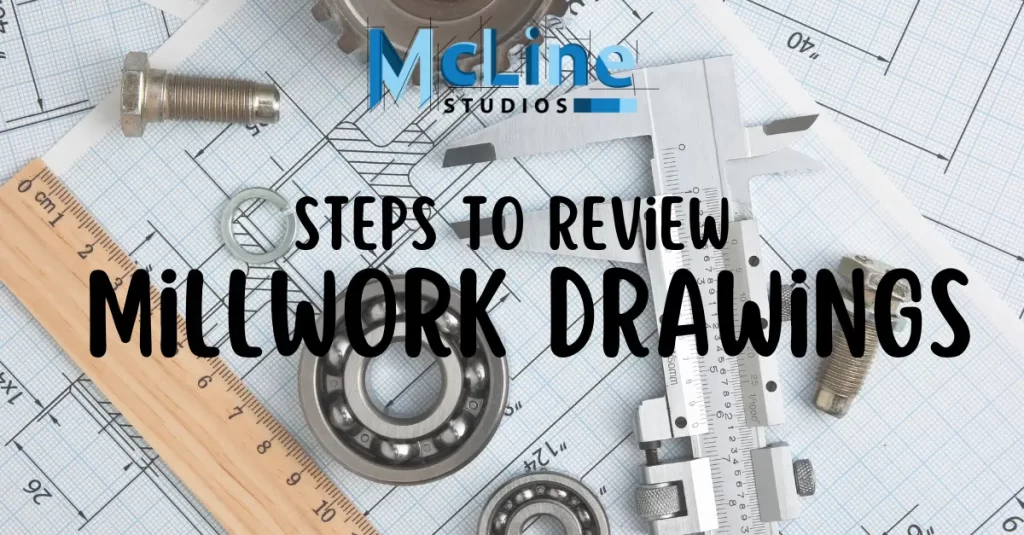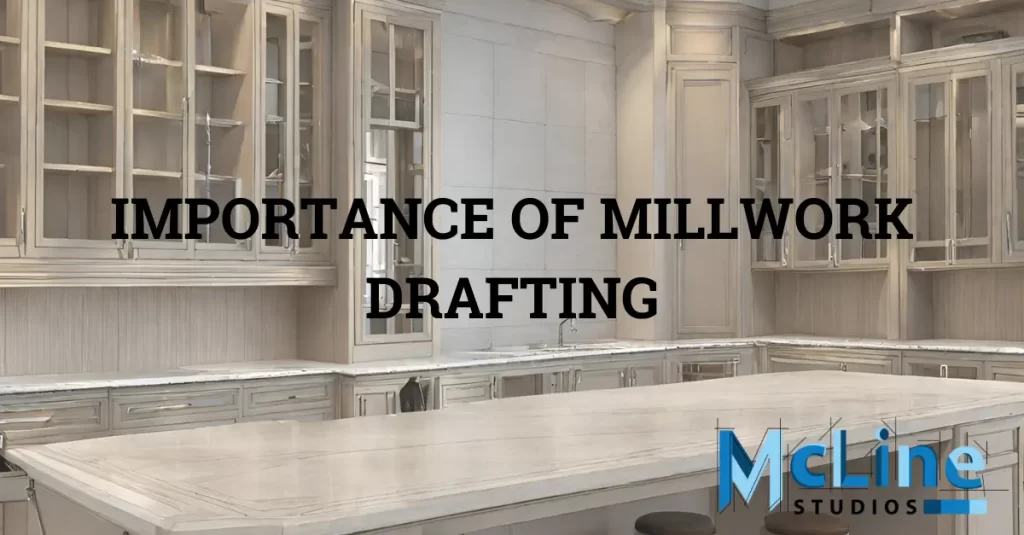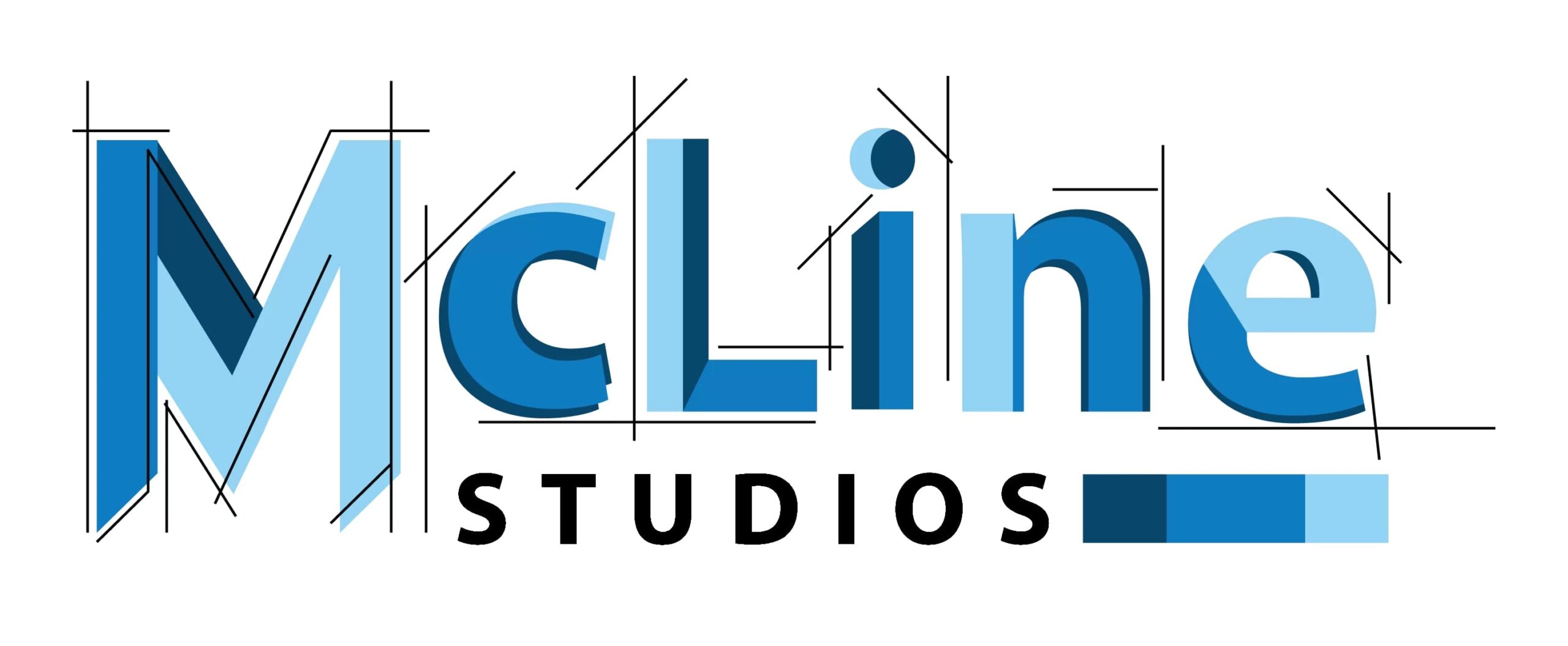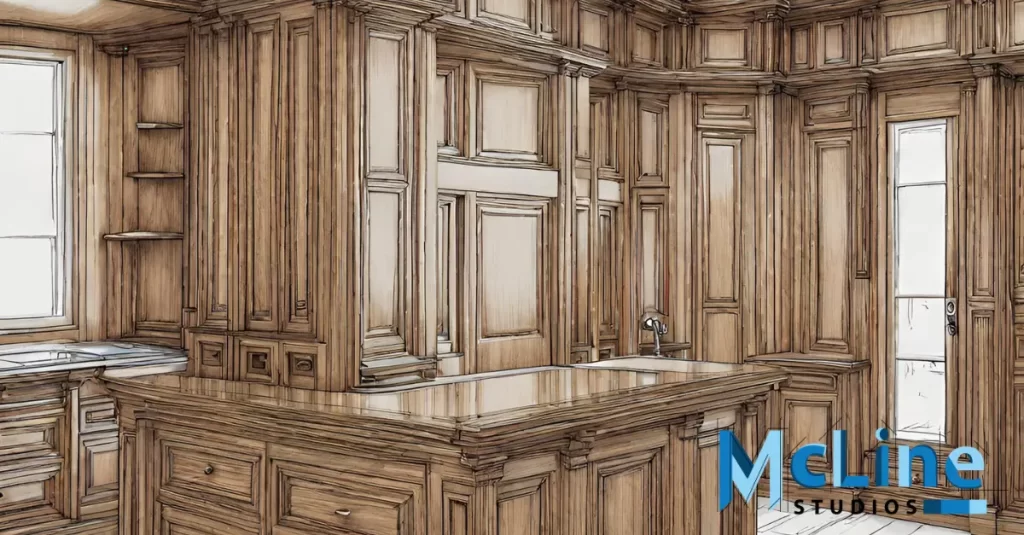Millwork shop drawings are a crucial component of any construction or renovation project that involves custom woodwork. These detailed plans, often produced by millwork manufacturers or architects, serve as a blueprint for crafting and installing various wood elements such as cabinets, doors, trim, and moldings.
A thorough review of millwork shop drawings is essential to ensure the final product meets design specifications and performs as intended. In this article, we’ll explore the importance of reviewing millwork shop drawings and provide a step-by-step guide on effectively doing it.
Step-by-Step Guide to Reviewing Millwork Shop Drawings
Reviewing millwork shop drawings is a crucial step in the process of creating custom woodwork or cabinetry for a project. It ensures that the final product meets design specifications, safety standards, and functional requirements.

Here is a step-by-step guide to help you review millwork shop drawings.
Step 1 – Understand the Project Scope
Before diving into the review, it’s essential to have a clear understanding of the project’s scope, design goals, and objectives. Familiarize yourself with the architectural plans, specifications, and any design documents related to millwork. This context will help you evaluate the shop drawings accurately.
Step 2 – Check for Title Blocks and Information
Start by examining the title block of the shop drawings. This section should include critical information such as the project name, drawing number, date, scale, and the name of the millwork manufacturer. Verify that this information is consistent with other project documents.
Step 3 – Examine the Overall Layout
Review the overall layout of the millwork shop drawings. Ensure that the drawings are easy to read and organized logically. Pay attention to the scale and check if it matches the project specifications. Confirm that all relevant views, sections, and elevations are provided.
Step 4 – Verify Dimensions and Measurements
Carefully examine all dimensions, measurements, and tolerances in the drawings. Ensure that they align with the design intent and any relevant building codes. Mistakes in dimensions can lead to costly errors during production and installation.
Step 5 – Evaluate Materials and Finishes
Review the specified materials and finishes for the millwork components. Ensure that they meet the project’s quality and aesthetic requirements. Check for any discrepancies between the materials mentioned in the drawings and those specified in other project documents.
Step 6 – Review Joinery and Assembly Details
Millwork often involves complex joinery and assembly methods. Pay close attention to these details to ensure that they are practical and buildable. Check for any missing or ambiguous instructions that could lead to assembly issues.
Step 7 – Check Hardware and Accessories
If the millwork components include hardware or accessories, such as handles, knobs, or hinges, verify that they are correctly specified. Ensure that the chosen hardware aligns with the project’s functional and design requirements.
Step 8 – Inspect Finish and Edge Details
Examine the finish and edge details of the millwork components. Confirm that they match the design intent and aesthetic expectations. Pay particular attention to visible surfaces that require a high level of finish quality.
Step 9 – Verify Clearances and Space Requirements
Millwork pieces often need to fit within specific clearances and spaces. Ensure that the shop drawings account for these requirements, especially in areas with limited space, such as kitchens and bathrooms.
Step 10 – Consider Accessibility and Ergonomics
If the millwork involves cabinets or other storage units, assess their accessibility and ergonomics. Check that drawers, shelves, and other elements are positioned at the appropriate heights and depths for comfortable use.
Step 11 – Collaborate with Stakeholders
Engage in open communication with other project stakeholders, such as architects, contractors, and the millwork manufacturer. If you have questions or concerns about the shop drawings, seek clarification and consensus. Collaboration helps prevent misunderstandings and ensures that everyone is on the same page.
Step 12 – Document Changes and Revisions
If you identify issues or changes that need to be made, document them clearly on the shop drawings. Use standard revision notations and symbols, and communicate these changes to the millwork manufacturer and other relevant parties. Keep a record of all revisions for future reference.
Step 13 – Final Review and Approval
After addressing any necessary changes, conduct a final review of the updated shop drawings. Ensure all concerns have been resolved and the drawings accurately reflect the project’s design intent. Once you are satisfied, provide your approval.
Step 14 – Archive and Maintain Records
After approval, archive the shop drawings and all related correspondence. These records can be valuable for reference during the construction and installation phases and for addressing any issues that may arise later in the project.
The Importance of Millwork Shop Drawing Review
Millwork shop drawings play a crucial role in the construction and design industry, offering several important benefits that contribute to the success of a project. It’s important to understand the need for millwork shop drawings.

1. Accuracy and Precision: Millwork shop drawings are meant to translate design concepts into a practical, buildable reality. Reviewing these drawings ensures that the intended design and measurements are accurately conveyed to the millwork manufacturer. Any errors or discrepancies in the drawings can lead to costly mistakes during production and installation.
2. Cost Control: Inaccurate millwork shop drawings can result in increased material and labor costs, as well as project delays. You can avoid costly revisions and rework by catching errors early in the review process.
3. Quality Assurance: Millwork pieces are often highly visible and contribute to the overall aesthetics of a space. Reviewing shop drawings helps maintain quality control and ensures that the final product aligns with the design intent.
4. Compliance with Regulations: Many construction projects are subject to building codes and regulations. A thorough review of millwork shop drawings helps ensure that the final installation complies with these requirements.
5. Effective Communication: Reviewing millwork shop drawings promotes effective communication among project stakeholders, such as architects, contractors, and millwork manufacturers. It allows for clarification of design intent and expectations, reducing the likelihood of misunderstandings.
Interpretation
Reviewing millwork shop drawings is a critical step in the construction process that can help prevent costly errors and ensure that the final product meets the design intent and quality standards.
By following the step-by-step guide outlined in this article and collaborating effectively with project stakeholders, you can streamline the review process and contribute to the success of the project. Thoroughly reviewing millwork shop drawings is an investment in both the project’s integrity and your peace of mind as a professional involved in the construction industry.
For quality and trusted millwork shop drawings, you can contact McLine Studios. McLine Studios is a Delaware, USA-based architectural drafting provider having experience of over 17 years, and catered to more than 1200 happy clients.




